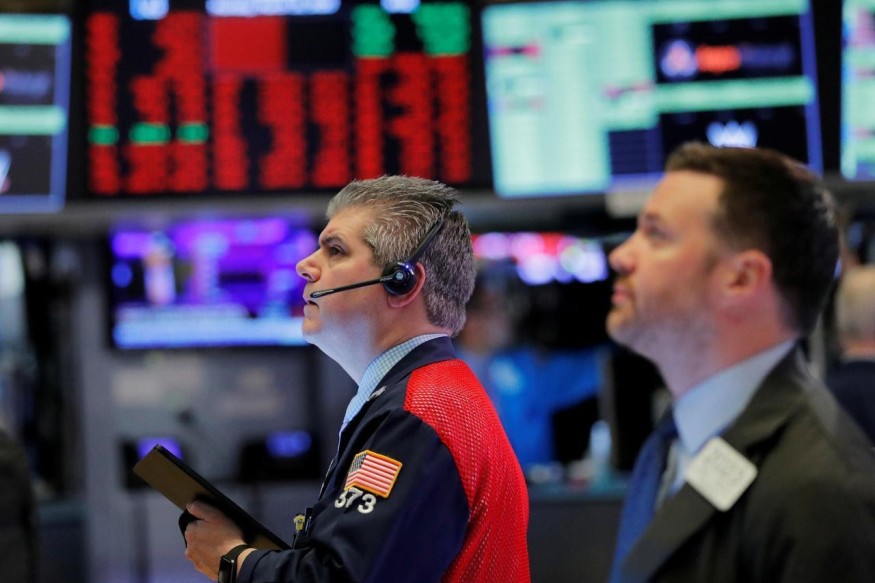
The stock market is on the rebound as all major stock indexes turn positive this month.
The Dow Jones Industrial Average has gained over 39 points while the S&P 500 went up by 23 percent from its low in March. The upward movement has been for a short while hindered by the falling prices of oil as crude oil prices turn negative for May deliveries.
Traders are now forced to pay suppliers to take the oil glut out of their hands as Brent crude futures plunge to lows of 17 percent, the lowest level witnessed since 1999. The ongoing spread of the Coronavirus epidemic has routed the financial markets leading to massive layoffs across the globe. Over 3.3 million US workers have now filed for unemployment claims at the end of March, the largest en masse filing so far under the epidemic.
The one other time that Americans filed such a high amount of initial jobless claims was almost four decades ago, during the 1982 recession. The infection figure globally is now above the 2.5 million marks. The pandemic has also claimed 158,600 lives.
The US currently has over 726,000 infections, and its death toll now stands at 50,000. It is therefore surprising that despite the massive losses and the vicissitudes in the crude oil market, the stock markets are on the rise.
The stock market is perpetually forward facing
The online investment in stocks has risen from its lows hitting over 20 percent lows. The movement is mirroring that of a bull market implying that the stock market is perpetually forward facing.
Analysts reckon that the bourse has over time divorced itself from the happenings in the economy. This sentiment could be true, as the stock market seems to run parallel to the economy. In this instance, the bourse is now sprinting ahead of the economy without a care of the current effect of the pandemic on business.
The Charles Schwab, trading and derivatives vice president says, "The markets don't care about what's happening today, the market cares about what's happening six months from now." Consequently, the Dow Jones has rallied after its 37% epic lows in February.
Buyers have also ceased the indiscriminate sale of stocks despite there being an expectation that the second quarter of 2020 will have a 20 percent fall in GDP. Some ten million people will also be out of work by then, leading to the highest unemployment figures in US history.
Consumer spending is also at its lowest, bringing the economy to a grinding halt. Small businesses are facing a hopeless future, and are now reaching out to business loans to keep them going.
Despite these grim projections, investors seem willing to overlook the bad predictions and buy stocks. While the stock market is focused on a bright future rather than the current grim situation, opportunistic investors are also pushing up the prices of stocks.
Time to Buy Blue-Chip Stocks at a Bargain
Any investor with a stomach for market volatility is directing their cash reserves to the bourse, snapping up bargains in the beaten-up sectors of the stock market. There has never been a better time to partake of the golden energy and oil stocks as right now.
Other businesses significantly affected by short-term market swings such as shopping malls and homebuilder business stocks are selling at their lowest. Investors filled with confidence that the economy will eventually recover have gone shopping for the best deals in the market, wary that these prices will not feature again soon.
The rebound in prices could also be a sign that perhaps the worst of the pandemic is over. The quiet confidence that investors have is backed by the realization that the infection rates of the COVID-19 pandemic are slowing down.
Governments are also providing large relief packages to businesses. The Fed, for instance, has ramped up its efforts to calm Wall Street, rolling out programs that shore up businesses and keep the markets steady. As an illustration, the Fed will buy government-backed debt and Treasury bonds to bolster the economy.
The financial regulator will purchase risky investment corporate bonds for its very first time. The mind of the investor is, therefore, easing driving them to blue-chip shares going at bargain prices and pushing the stock market to a renewed bull run.



